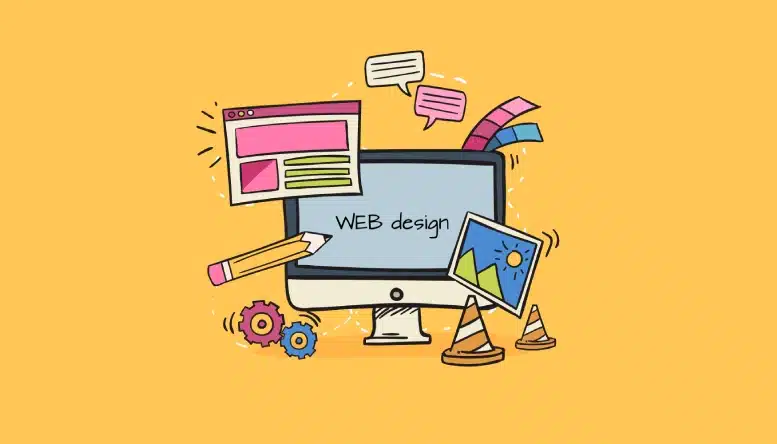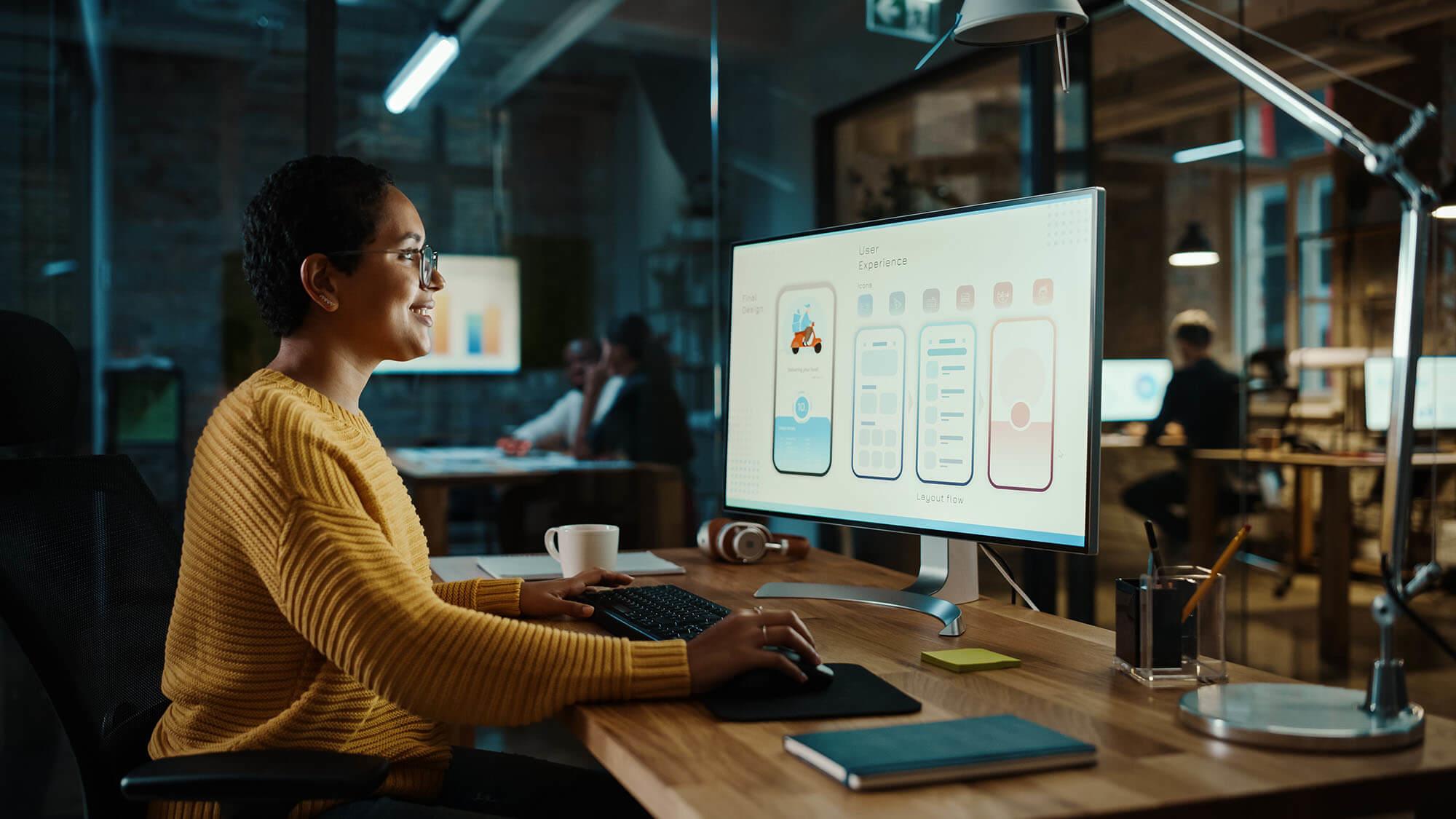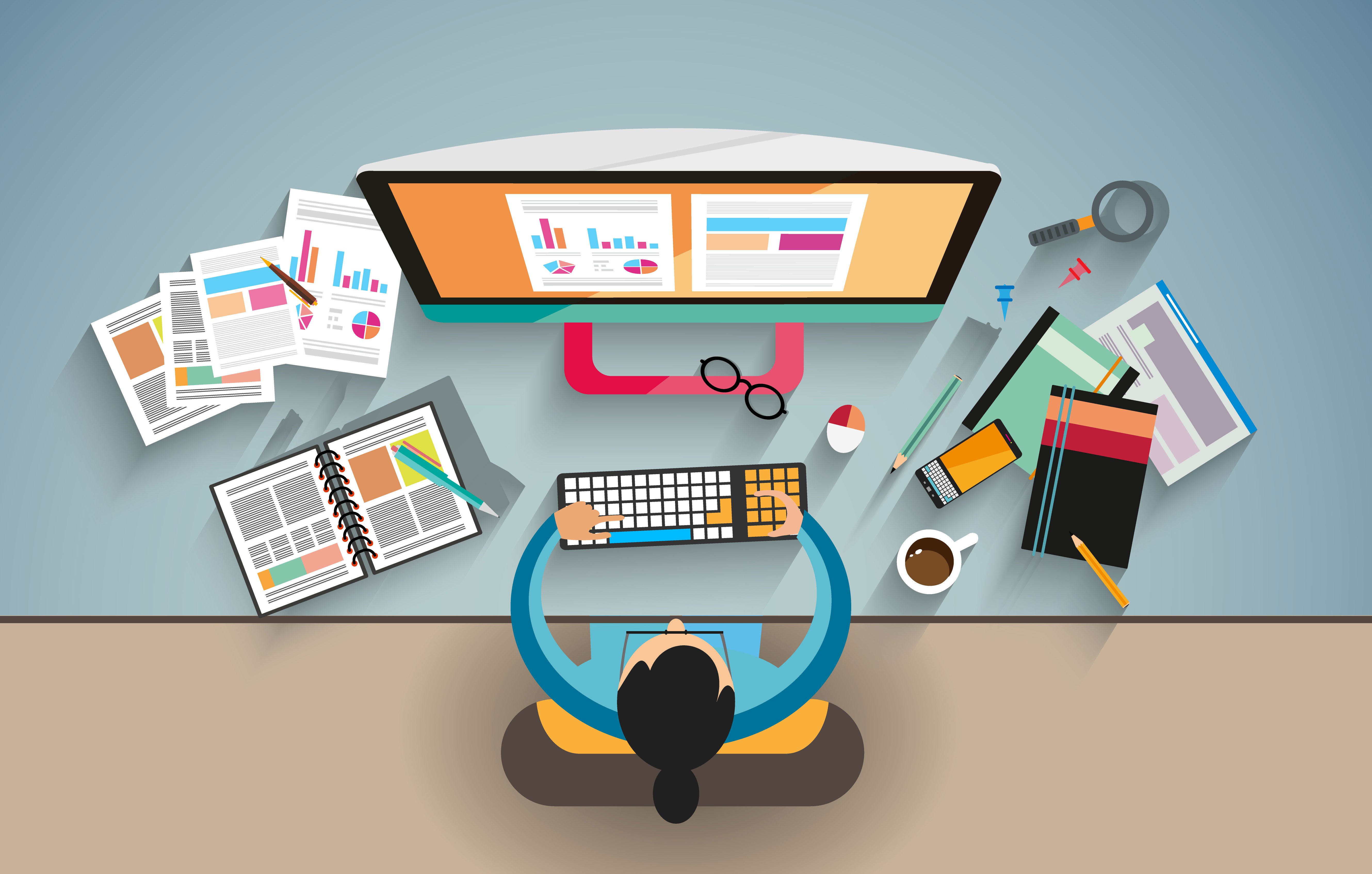Aligned Position Web Design: Building Responsive, Mobile-Friendly Websites for Modern Users
Aligned Position Web Design: Building Responsive, Mobile-Friendly Websites for Modern Users
Blog Article
The Most Effective Sorts Of Web Layout to Improve User Experience and Involvement
In the ever-evolving landscape of electronic interaction, the efficiency of Web style considerably impacts user experience and interaction. Numerous layout strategies, such as minimal, receptive, and interactive designs, each offer special advantages that can cater to varied user demands.
Minimal Website Design
As electronic landscapes end up being significantly cluttered, minimalist website design has actually become a powerful method to boosting customer experience. This style philosophy focuses on simplicity, concentrating on crucial elements while getting rid of unneeded disturbances. By making use of enough white space, straightforward navigating, and a restricted shade palette, minimal style fosters clarity and directs user attention to key material.
The core principle of minimalist website design is to produce a smooth communication for customers. By lowering cognitive tons, users can quickly comprehend info without feeling overwhelmed. This direct method not just boosts usability however likewise encourages engagement, as visitors are most likely to check out a site that is aesthetically enticing and easy to navigate.
Furthermore, minimal style commonly emphasizes typography and imagery, using these elements tactically to share messages effectively. In significance, minimal Web layout is not simply a trend; it is a thoughtful technique that recognizes the significance of user-centered layout.
Responsive Website Design
In today's varied electronic environment, responsive Web layout has actually ended up being important for creating a seamless individual experience throughout a wide variety of gadgets. As users access sites on smart devices, desktops, laptop computers, and tablet computers, the ability of a website to adjust its design and material to various display dimensions and resolutions is important.
Responsive website design employs adaptable grids, images, and CSS media queries to ensure that Web content exists efficiently, no matter the tool utilized. This approach not only improves the visual charm of a web site however likewise significantly boosts use. Users are most likely to engage with a website that supplies a consistent experience, as it removes the aggravation of having to focus or scroll exceedingly.
By adopting receptive layout, businesses can enhance their visibility and reach a more comprehensive target market. In summary, receptive Web style is a fundamental technique that enhances individual experience, engagement, and general contentment.
Interactive Website Design
Responsive website design lays the foundation for boosting customer experience, but interactive website design takes this an action further by engaging individuals in an extra vibrant means - Aligned Position Web Design. By including components such as animations, clickable models, and real-time responses, interactive Web design captivates customers, drawing them right into a richer browsing experience
This approach not just promotes interaction however likewise urges individuals to explore content proactively instead of passively eating it. Techniques such as gamification, where customers earn rewards for finishing tasks, can significantly enhance the moment invested on a website and improve overall satisfaction. Interactive functions can streamline intricate info, making it a lot more delightful and digestible.

Including interactive layout elements can likewise result in greater conversion prices, as users are more probable to involve with a site that actively involves them. Aligned Position Web Design. Inevitably, interactive Web layout changes customer experiences right into memorable journeys, guaranteeing that visitors return time after time
Flat Layout
Characterized by its minimalistic approach, level layout stresses simpleness and performance, removing unneeded elements and focusing on crucial attributes. This design philosophy prioritizes functionality, ensuring that individuals can navigate user interfaces effortlessly and efficiency. By utilizing a clean aesthetic, flat design eliminates the clutter often discovered in much more ornate designs, consequently boosting customer concentrate on material and performance.
The trademark of flat style hinges on its usage of bold colors, simple typography, and geometric shapes. These elements add to an aesthetically appealing user interface that is both approachable and modern. Furthermore, flat design promotes a sense of clarity, enabling individuals to recognize crucial activities and information without disturbance.
In addition, level style is specifically reliable in receptive Web design, as its simplicity converts well across numerous gadgets and display sizes. The absence of detailed appearances and slopes decreases loading times, which is crucial for maintaining individual interaction. As electronic landscapes remain to advance, level style stays an appropriate option for creating user-friendly internet sites that improve general experience. By concentrating on important functions, level style not only satisfies individual needs but also encourages seamless communication, making it Learn More an important component of effective website design approaches.
Flexible Website Design
Adaptive Web design personalizes the user experience by their explanation creating numerous repaired layouts tailored to different screen sizes and gadgets. Unlike responsive layout, which fluidly changes a single layout, flexible style employs distinct designs for certain breakpoints, ensuring ideal presentation on various platforms. This strategy enables designers to concentrate on the distinct attributes of each gadget, enhancing functionality by supplying exactly what individuals require based on their context.
Among the key advantages of flexible website design is its capacity to optimize lots times and efficiency. By serving customized web content and photos that fit the individual's gadget, internet sites can reduce data use and improve loading speeds. This is particularly helpful for individuals with slower connections or limited information plans.

Furthermore, adaptive design facilitates an extra constant and regulated branding experience. Since developers develop several layouts, they can ensure that the aesthetic components line up with the brand's identity across various platforms - Aligned Position Web Design. This results in a cohesive individual experience, improving involvement and advertising individual retention
Final Thought
Finally, the combination of minimal, responsive, and interactive Web style concepts dramatically improves customer experience and engagement. Minimalist style promotes clearness and focus, while responsive layout makes certain versatility throughout different gadgets, advertising availability. Interactive layout captivates users through dynamic components, motivating exploration and customization. Collectively, these layout comes close to contribute to the creation of easy to use environments that not just boost fulfillment yet likewise drive greater conversion rates, underscoring browse this site their vital value in modern Web design strategies.

Minimal design cultivates clarity and emphasis, while responsive layout makes certain flexibility throughout numerous devices, advertising availability. Jointly, these design comes close to contribute to the creation of user-friendly settings that not just improve contentment but also drive higher conversion rates, underscoring their crucial relevance in contemporary Web design methods.
Report this page